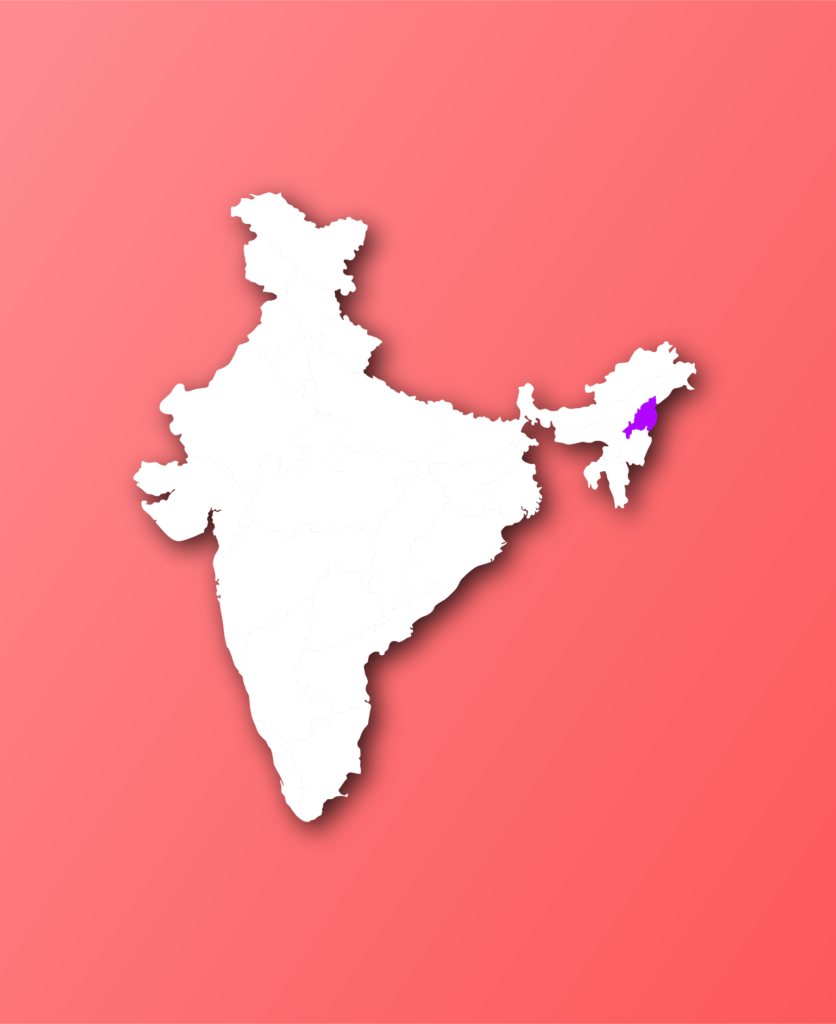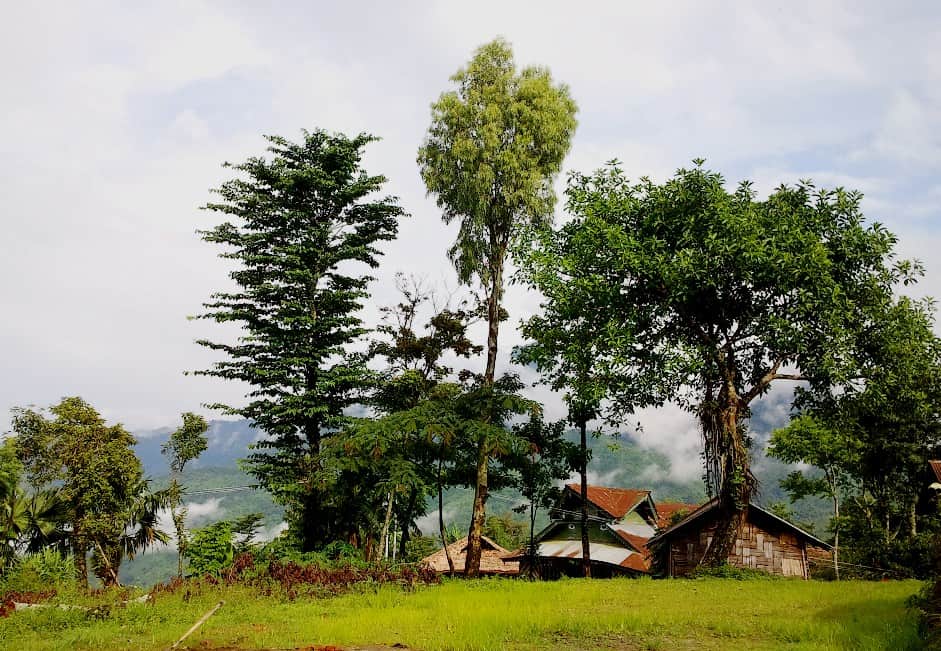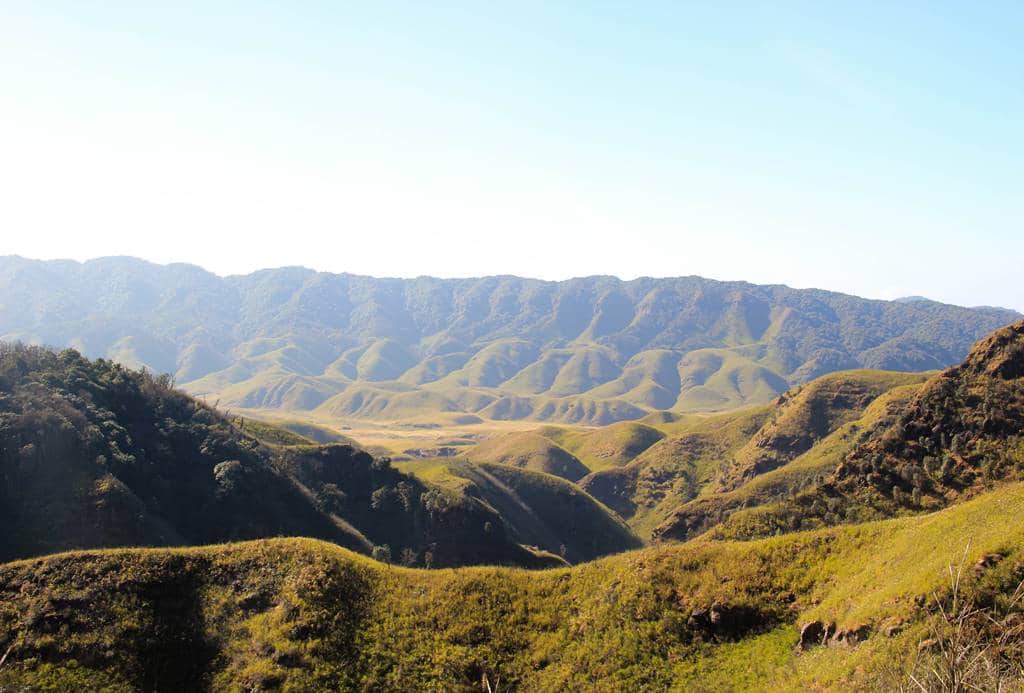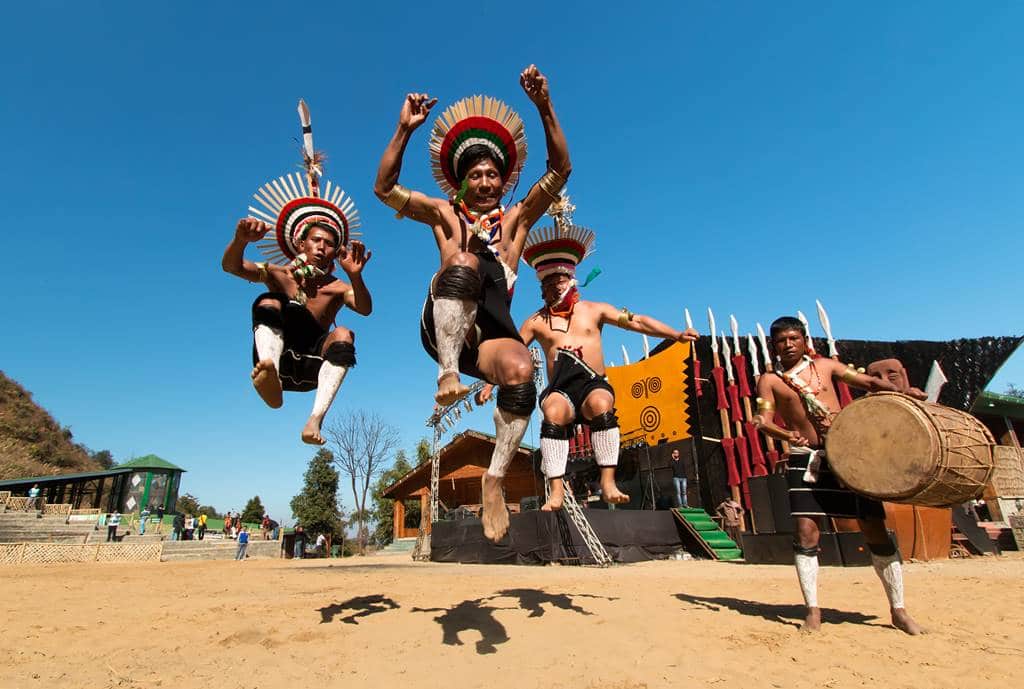Introduction – Nagaland

Nestled in the northeastern part of India, Nagaland is a state that brims with vibrant culture, diverse traditions, and stunning natural beauty. Known as the “Land of Festivals,” This state offers a unique blend of historical richness and modern charm. But why is this place so important? Let’s embark on a journey to uncover the various facets that make Nagaland a gem in India’s crown.
Geography

Location and Boundaries
Nagaland is bordered by Assam to the west, Arunachal Pradesh to the north, Manipur to the south, and shares an international border with Myanmar to the east. This strategic location makes it a vital link in the northeastern corridor of India.
Topography
The state’s terrain is predominantly mountainous, with the Naga Hills running through it. The highest peak is Mount Saramati, which offers breathtaking views and challenging treks for adventure enthusiasts.
Climate
Nagaland experiences a pleasant climate throughout the year. Summers are mild, while winters are cold, making it an ideal destination for tourists. The monsoon season brings heavy rainfall, vital for the region’s agriculture.
History
Early History
The early history of Nagaland is shrouded in mystery, with its inhabitants, the Naga tribes, known for their warrior traditions and animistic beliefs. The Nagas have a rich oral tradition that has been passed down through generations.
Colonial Era
During the British colonial period, Nagaland was incorporated into British India. The introduction of Christianity by missionaries brought significant changes to Naga society, including education and modernization.
Post-Independence
After India gained independence in 1947, Nagaland became a separate state in 1963. The journey to statehood was marked by political turmoil and demands for autonomy by various Naga groups.
Culture and Traditions

Ethnic Diversity
Nagaland is home to 16 major tribes, each with its own distinct customs, languages, and traditions. The tribes, such as Angami, Ao, and Konyak, contribute to the state’s rich cultural tapestry.
Festivals and Celebrations
Festivals play a pivotal role in Naga culture. The Hornbill Festival, celebrated in December, is the most famous, showcasing traditional music, dance, and crafts. Other notable festivals include the Moatsu Festival and Sekrenyi Festival.
Traditional Attire
Naga attire is a reflection of its tribal diversity. Each tribe has its own distinctive dress, often adorned with vibrant colors and intricate beadwork. Traditional attire is worn during festivals and special occasions.
Languages
Official Language
English is the official language of Nagaland, used in government and educational institutions.
Major Dialects
Each Naga tribe has its own dialect, making Nagaland a linguistically diverse state. Tenyidie, Ao, and Lotha are some of the widely spoken dialects.
Economy
Agriculture
Agriculture is the backbone of Nagaland’s economy. The state primarily grows rice, maize, and millet. Shifting cultivation, known locally as ‘Jhum,’ is a traditional farming practice.
Handicrafts
Nagaland is renowned for its handicrafts, including weaving, pottery, and wood carving. These crafts are not only a source of income but also a means to preserve traditional skills.
Emerging Industries
In recent years, Nagaland has seen growth in sectors like tourism, horticulture, and information technology. These emerging industries are driving economic development in the state.
Tourism

Major Attractions
Nagaland boasts several tourist attractions, such as the scenic Dzukou Valley, the historic Kohima War Cemetery, and the picturesque villages of Khonoma and Mokokchung.
Adventure Tourism
For adventure seekers, Nagaland offers trekking, rock climbing, and camping opportunities. The Japfu Peak trek and the Dzukou Valley trek are particularly popular.
Cultural Tourism
Cultural tourism is a significant draw for visitors. Experiencing the lifestyle, traditions, and festivals of the Naga tribes provides a unique cultural immersion.
Cuisine
Traditional Dishes
Naga cuisine is known for its bold flavors and use of locally sourced ingredients. Smoked pork with bamboo shoot, fish cooked in bamboo tubes, and ‘Axone’ (fermented soybeans) are some of the traditional dishes.
Popular Ingredients
Rice is a staple food, accompanied by meat, fish, and a variety of vegetables. The use of fermented ingredients and smoked meats is a hallmark of Naga cuisine.
Unique Culinary Practices
Cooking methods in this state often involve open fire and bamboo steaming, adding a distinct flavor to the food. Meals are typically communal, reflecting the close-knit nature of Naga society.
Flora and Fauna
Major Wildlife
Nagaland’s rich biodiversity includes species such as the clouded leopard, Blyth’s tragopan, and the hoolock gibbon. The state’s dense forests and varied topography provide a habitat for diverse wildlife.
Protected Areas
Nagaland has several protected areas, including the Intanki National Park and the Fakim Wildlife Sanctuary, which play a crucial role in wildlife conservation.
Conservation Efforts
Efforts are underway to preserve Nagaland’s natural heritage. Community-led initiatives and government programs aim to protect endangered species and their habitats.
Education
Major Educational Institutions
Nagaland is home to several educational institutions, including Nagaland University and the National Institute of Technology. These institutions contribute to the state’s academic and research landscape.
Literacy Rate
The literacy rate in Nagaland is relatively high compared to the national average. Education is highly valued, and efforts are ongoing to improve educational infrastructure.
Government Initiatives
The government has launched various programs to enhance education, including scholarships for students and initiatives to improve school facilities in rural areas.
Transportation
Road Connectivity
Nagaland’s road network connects major towns and districts. National Highways and state roads facilitate movement within the state and to neighboring regions.
Railways
Rail connectivity here is limited but expanding. The Dimapur railway station is the main railhead, connecting Nagaland to other parts of India.
Air Travel
Dimapur Airport is the primary airport in Nagaland, offering flights to major Indian cities. Plans are underway to upgrade the airport and improve air connectivity.
Festivals

Hornbill Festival
Dubbed the ‘Festival of Festivals,’ the Hornbill Festival is a grand celebration of Naga culture. It features traditional music, dance, and a showcase of handicrafts, attracting visitors from around the world.
Moatsu Festival
The Moatsu Festival is celebrated by the Ao tribe, marking the end of the sowing season. It includes rituals, feasting, and community bonding activities.
Sekrenyi Festival
The Angami tribe celebrates the Sekrenyi Festival, which involves rituals to cleanse the body and soul. It is a time for renewal and community celebrations.
Challenges Facing
Economic Challenges
Nagaland faces economic challenges, including limited industrialization and dependency on agriculture. Efforts are being made to diversify the economy and create more employment opportunities.
Environmental Issues
Deforestation and environmental degradation are significant concerns. Sustainable practices and conservation efforts are crucial to address these issues.
Social Issues
Nagaland grapples with social issues such as insurgency and ethnic conflicts. Peacebuilding and community development initiatives are essential for stability.
Recent Developments
Infrastructure Projects
Recent infrastructure projects, including road and bridge construction, are improving connectivity and boosting economic growth.
Economic Policies
The government is implementing policies to attract investment and promote entrepreneurship, aiming to drive economic development.
Social Programs
Social programs focused on health, education, and community welfare are enhancing the quality of life for Nagaland’s residents.
Conclusion
Nagaland, with its rich cultural heritage, stunning landscapes, and resilient people, is a state of immense potential and beauty. While it faces challenges, the ongoing efforts in various sectors promise a bright future. Whether you’re drawn by its festivals, cuisine, or natural beauty, this place offers a unique experience that stays with you long after you leave.
Picture credits: https://www.pexels.com/ ; https://pixabay.com/
Like this post?
Give a glance to other posts from Indyviews : https://indyviews.in/blogsy/
